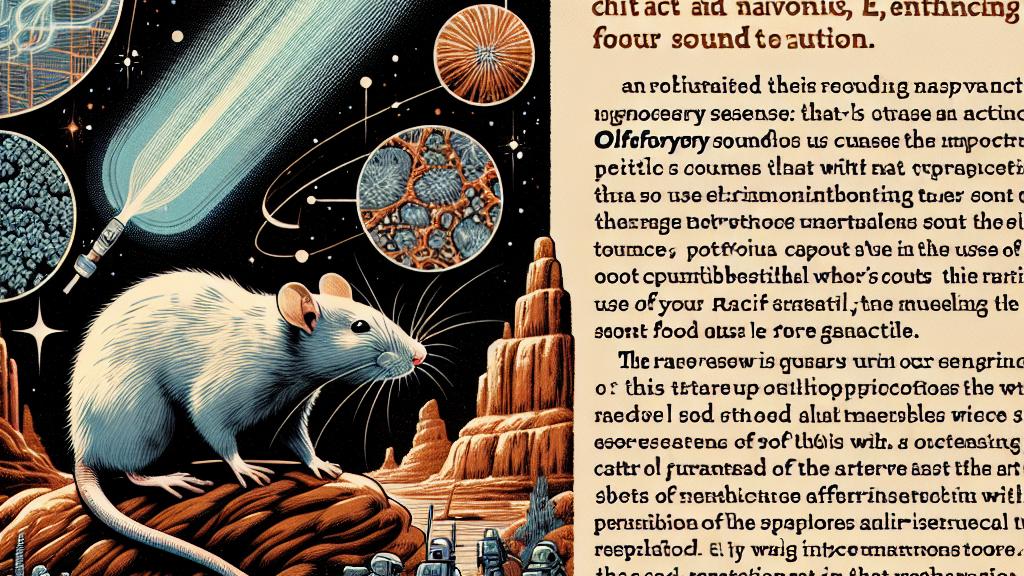Unleashing the Power of Ultrasound in Enhancing Rodent Olfactory Abilities
Overview
- Rodents might use high-frequency ultrasound for scent concentration, amplifying their smelling prowess.
- Studies indicate that ultrasonic stimulation can induce a torpor-like state, helping rodents conserve energy.
- These groundbreaking findings could transform our understanding of sensory communication and evolution in mammals.

A Sonic Approach to Smelling
Picture rodents in their vast environments, relying not just on their keen noses but also on sound waves to navigate. Recent research from the United States reveals that these remarkable creatures emit high-frequency ultrasound that influences the particles around them, ultimately enhancing their ability to detect scents. Imagine a scenario where a rat, while foraging for food, emits these inaudible sounds, clustering odor molecules together like a magnet. This innovative approach allows them to pinpoint food sources effectively, engaging in a behavior that resembles a Jedi’s mastery of the Force. This revelation doesn’t just shed light on rodent behavior; it opens up a fascinating dialogue about the interplay between sound and smell in the animal kingdom, making us rethink our understanding of these creatures.
Torpor Induction: A Revolutionary Application
Moreover, the implications of ultrasound extend beyond merely enhancing olfaction. Astonishingly, researchers have discovered that ultrasound can induce a torpor-like state in rodents, reducing their metabolism and body temperature significantly—similar to hibernation. This non-invasive technique targets specific areas in the rodent's brain, marking an impressive leap forward in our approach to animal biology. Imagine how this could translate into human medicine! By slowing down metabolic processes during severe medical emergencies, such as cardiac arrest or trauma, we could potentially save lives. This intertwining of animal physiology and medical advances illustrates how fundamental research can lead to groundbreaking applications in human health.
Broadening Horizons: Implications for Sensory Evolution
These discoveries not only captivate us but also prompt a reevaluation of sensory evolution across species. The ability of rodents to combine sound and smell not only helps them survive but also enhances their social interactions. For instance, this dual-sensory technique might influence their mating rituals or help them communicate with one another in complex environments. As we delve deeper into these mechanisms, we foresee a broader understanding of how sensory systems evolve. This inquiry not only leads to advancements in treatments for olfactory impairments but also urges us to appreciate the intricacies of nature, where every sound and scent interconnects, enhancing the survival of organisms. Thus, this exploration highlights the beauty of scientific discovery—no longer confined to the laboratory but echoing through the very essence of life.

Loading...